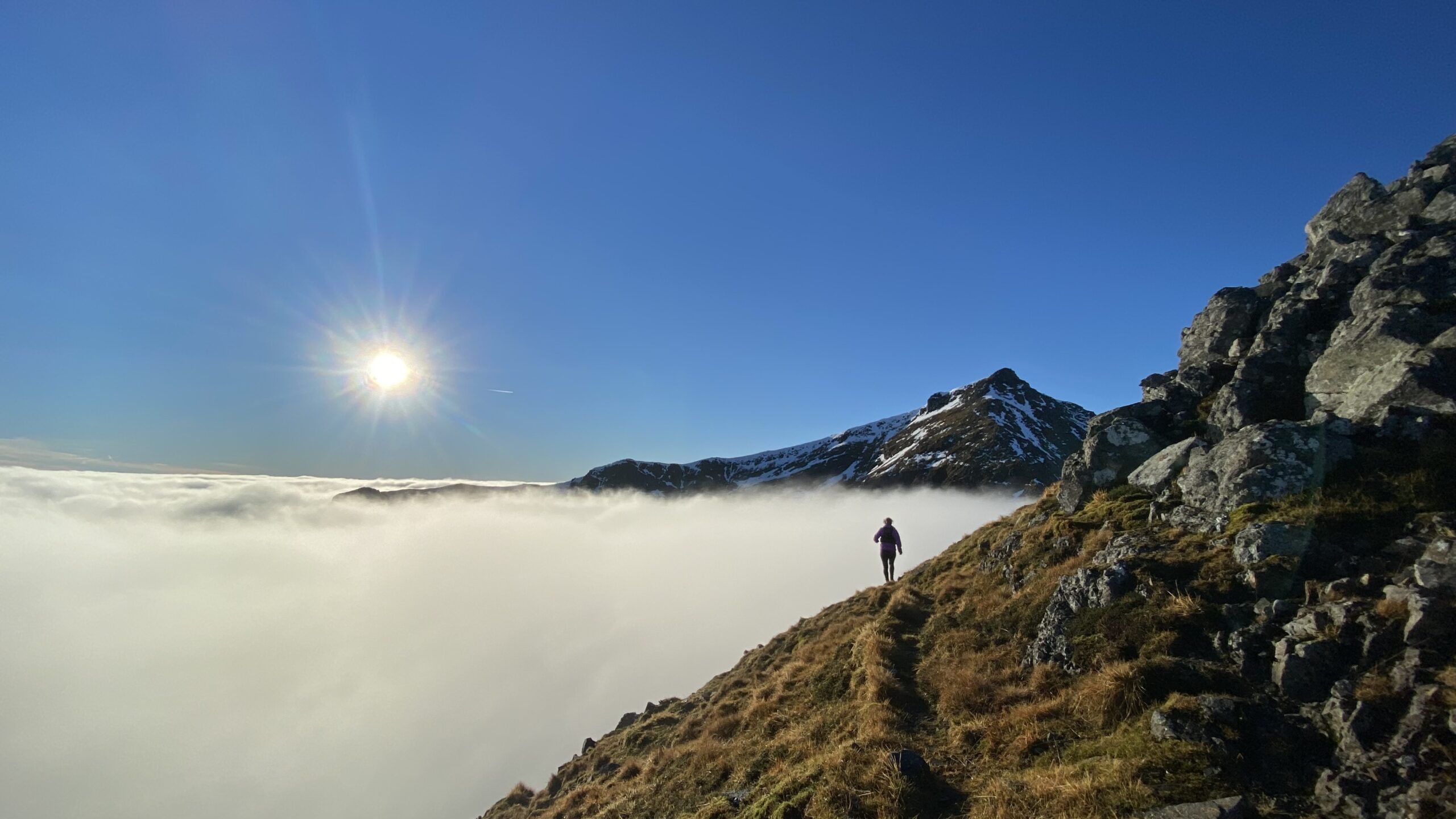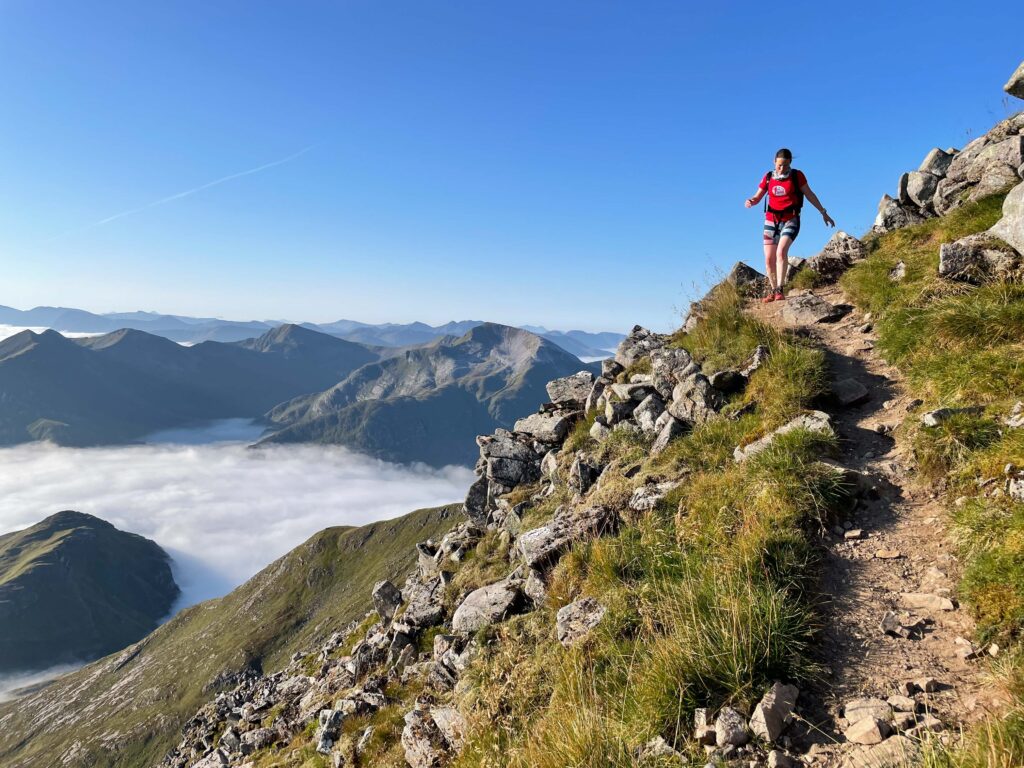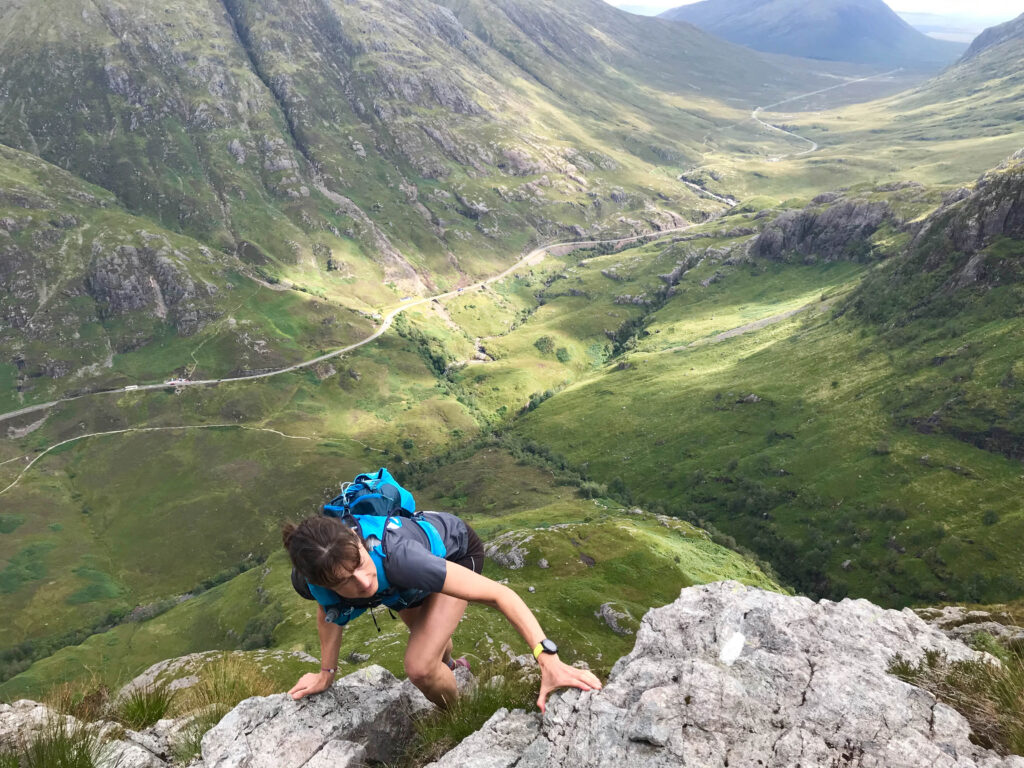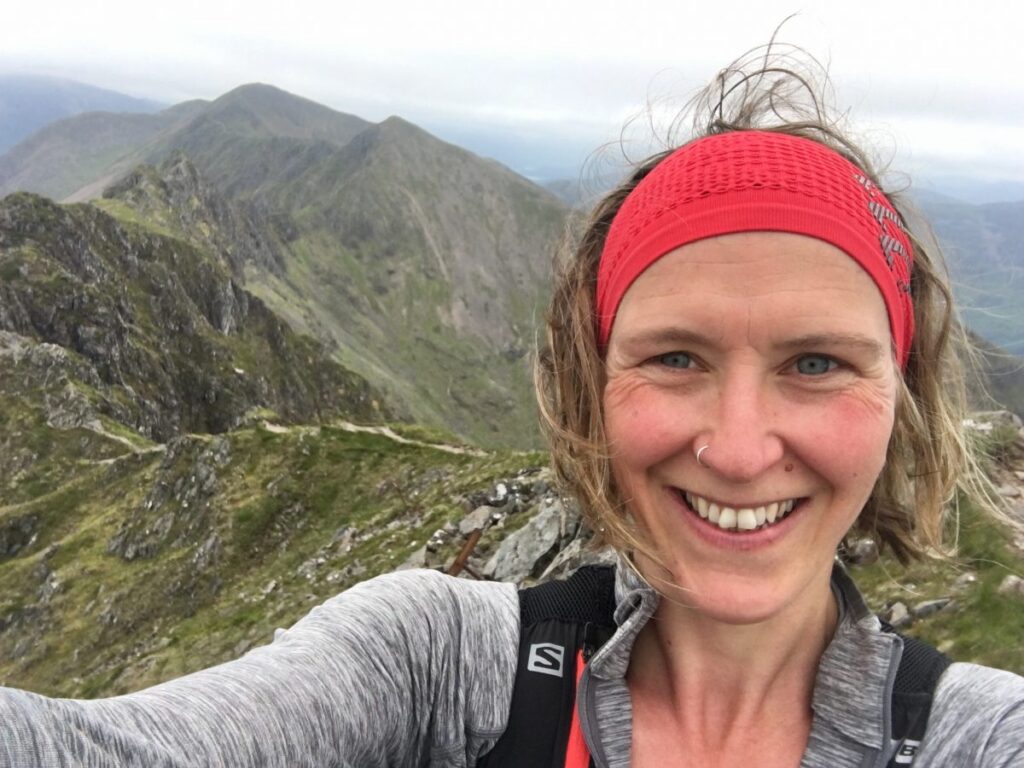How to get into mountain trail running


So you want to try mountain running but think it looks too hard? Think again… Keri Wallace from Girls on Hills shares her tips for getting started
Walking uphill is a very normal and necessary component of mountain running. This comes as a surprise to many people, because the sport has a ‘tough’ image. Hiking the steep climbs is not so much a necessity as a strategy – even the fittest mountain runners will ‘power-hike’ to conserve the energy they need for later in the route or race.
Keep your uphill effort-level to something you can sustain and aim to resume running when you reach the top of the hill. You shouldn’t need to stop and recover if you pace yourself carefully. Try to keep your effort level roughly uniform throughout your run by adjusting your pace up or down to suit the gradient (don’t burn yourself out too early by smashing up those hills!)
And learn how to use them! Knowing how to self-navigate is essential if you’re going to be running in the mountains. Visibility can change rapidly and phone signal can be patchy in remote areas. Even if you’re a dab hand at using modern navigational aids, such as smartwatches or handheld GPS devices, a map and compass is a lightweight, simple and reliable method for finding your way around and getting yourself out of trouble. Mountain trails can be unmarked or difficult to see, particularly in poor weather. Go on a navigation course or teach yourself the basics, then practice regularly. Build up gradually towards more independent and challenging mountain running adventures.
As a mountain runner, it will take far longer to cover distance than it does in the valley. This is because our pace drops considerably on the steep climbs and technical terrain. A route with lots of vert will be physically demanding and will feel much further than it is at first!. To become better at mountain running, increase the cumulative ascent in your weekly training and incorporate hill-training sessions, rather than focusing on your flat pace or mileage.
As trail runners, we need more grip than road runners, but if you want to run in the mountains, you will likely need even more. If the hills are soft and grassy, you will need fell shoes with big lugs to provide enough traction to run uphill and descend with confidence on wet or muddy slopes. On rock, these same big lugs will give you less contact-area for friction against the solid surface and will peel or sheer off easily. On technical terrain, maximalist shoes (with lots of cushioning and a high stack height) will hinder a precise and nimble running style and can force the ankle to roll when traversing steeper gradients. A bit of research into the right shoe for the terrain can go a long way.


Poles really come into their own in the mountain environment; they’re not just for hillwalkers. Find a pair of running poles that suit your needs (i.e. length, weight and comfort) and use them on sustained climbs to improve your efficiency, stability and posture. Use them running downhill when terrain is very steep or loose to give you extra confidence or to share the hard-work being done by your knees.
In the mountains, wind speeds can be two or three times stronger than at the trailhead and temperatures drop around 0.5 -1°C every 100m as you climb. This means that on the summits, conditions can feel considerably more challenging. Couple this with lightweight kit and a bit of fatigue, and things can get very chilly indeed! Carry enough layers for the worst-case scenario if the weather forecast is at all changeable. Often the most important of these layers are the waterproof outer shells – your waterproof jacket and waterproof trousers. These will keep the rain off you, but just as importantly will also protect you from the wind. Wet and windy weather is often more of a risk to poorly equipped runners than colder, drier conditions such as light snow.
Don’t be that runner caught out in the mountains with the wrong equipment in the wrong place at the wrong time. Carry a first aid kit, survival bag/group shelter and a head torch, along with the correct navigational equipment and layers described above – then you should be equipped to cope with anything the mountains throw at you. Build up gradually to longer, more remote or technical objectives, gaining experience and perfecting good mountain judgement as you go. Don’t rush it and enjoy the learning process – the pleasure is in the journey after all, not in reaching the destination.
Mountain days are BIG days and unlike when valley trail running, you probably won’t pass many/any places en route to top-up your supplies. Make sure you carry more than enough food to fuel your adventure and remember that climbing hills and staying warm burns hard through those calories. Consider bringing ‘real food’ rather than just a few gels or bars.
The same approach applies to hydration. Unless there is water available from drinkable springs or rivers, you will need to carry plenty with you. Remember that there are few water sources in high mountain areas such as summits, plateaus and ridges.
Remember that getting to the summit isn’t everything and if the weather has changed or the light is fading then it’s time to turn around. The mountains will be there another day and as long as you make good mountain decisions, then you will be too.
Running in the mountains is rarely about pace or achieving a PB. The appeal lies in the freedom, the drama and the incredible scenery. Use your developing skills and experience to plan exciting journeys and explore new places that will keep your passion for mountain running alive.

Girls on Hills, co-founded by Keri Wallace, offers professional guided runs in the Glencoe area of the Scottish Highlands.